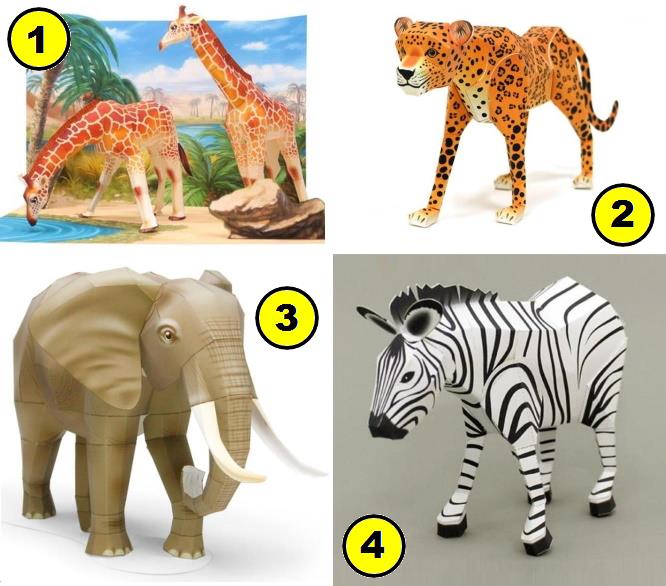During the Prohibition era in the United States (1920-1933), when the production, sale, and transportation of alcoholic beverages were prohibited, illegal transportation of alcohol often involved creative and covert methods.The vehicles used to transport illegal drinks across the U.S. border were commonly referred to as "rum-runners" or "bootleggers."
Alcoholic beverages came from countries where it was legal to produce them or were produced clandestinely within the USA. The clandestine producers became known as Moonshiners.
To avoid detection by law enforcement, rum-runners often modified their vehicles to increase speed and stealth. Some popular modifications included souping up engines, adding hidden compartments, or employing other tactics to outsmart authorities.
The term "bootlegger" itself originated from the practice of concealing flasks of alcohol in the tops of their boots. In addition to land transportation, smuggling also occurred by sea, with boats known as "rum-rowers" or "rum-chasers" involved in transporting illegal alcohol.
These activities contributed to the rise of organized crime during the Prohibition era.
Yes, as it often happens, the hand of the State meddling where it shouldn't and making everything worse.
Durante a "Lei Seca", a era da Proibição nos Estados Unidos (1920-1933), quando a produção, venda e transporte de bebidas alcoólicas eram proibidos, o transporte ilegal de álcool frequentemente envolvia métodos criativos e secretos. Os veículos usados para transportar bebidas ilegais através da fronteira dos EUA eram comumente chamados de "rum-runners" ou "bootleggers" (contrabandistas).
As bebidas alcoolicas vinham de países onde era legal produzí-las ou era produzido clandestinamente dentro dos EUA. Os produtores clandestinos ficaram conhecidos como Moonshiners.
Para evitar a detecção por parte das autoridades, os rum-runners frequentemente modificavam seus veículos para aumentar velocidade e furtividade. Algumas modificações populares incluíam potencializar os motores, adicionar compartimentos escondidos ou empregar outras táticas para ludibriar as autoridades.
O termo "bootlegger" em si originou-se da prática de esconder frascos de álcool nas partes superiores de suas botas. Além do transporte terrestre, o contrabando também ocorria por mar, com barcos conhecidos como "rum-rowers" ou "rum-chasers" envolvidos no transporte ilegal de álcool.
Essas atividades contribuíram para o aumento do crime organizado durante a era da Proibição.
É, como na maioria das vezes acontece, a mão do Estado se metendo aonde não devia e piorando tudo.


































